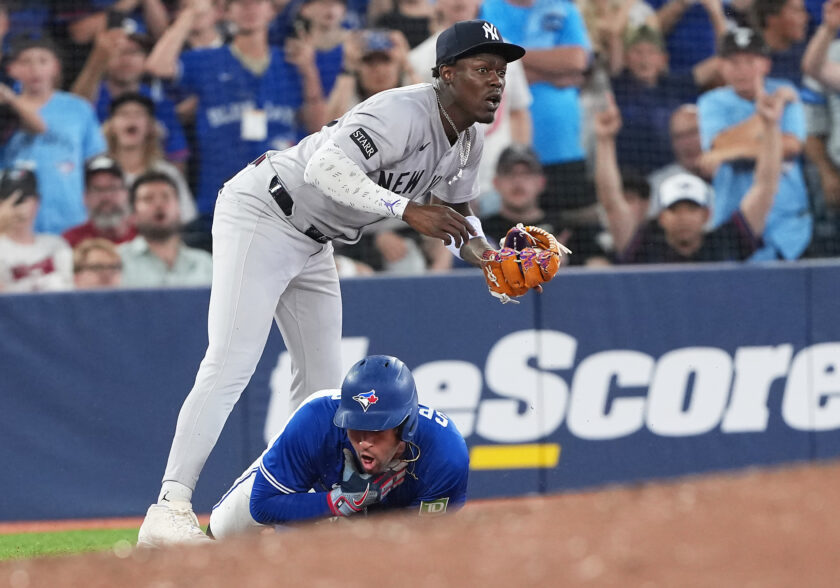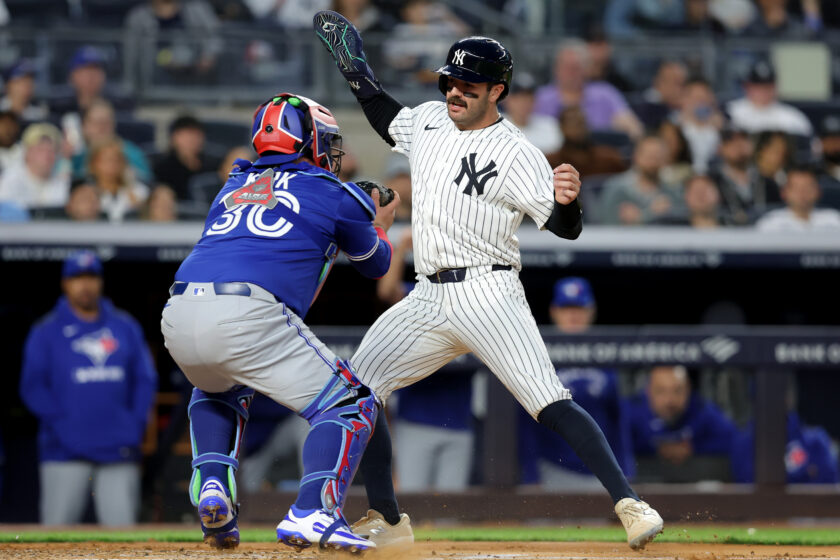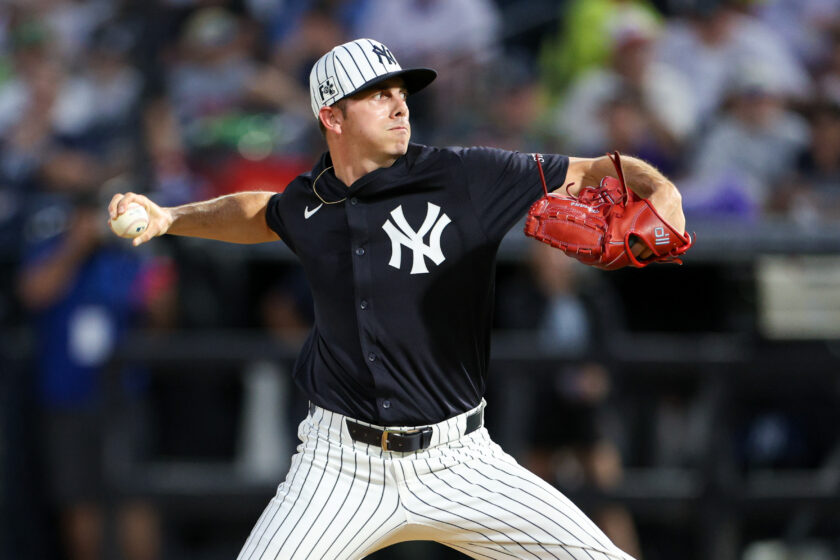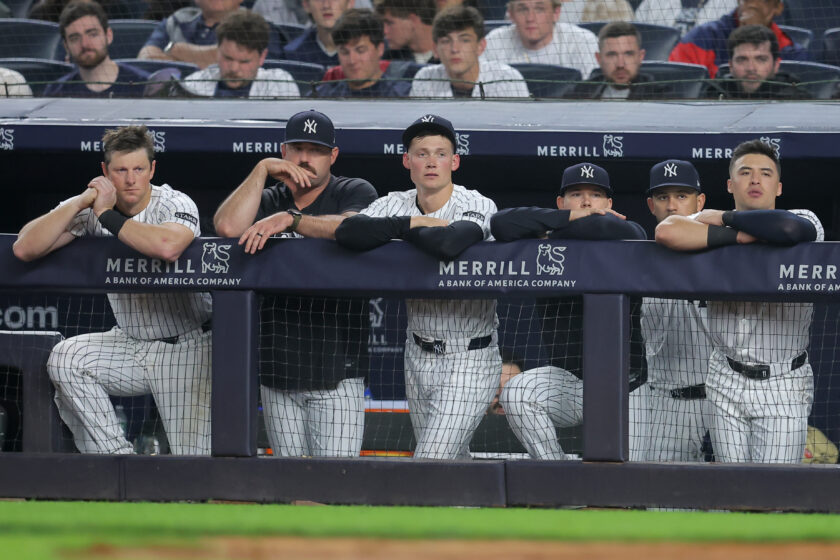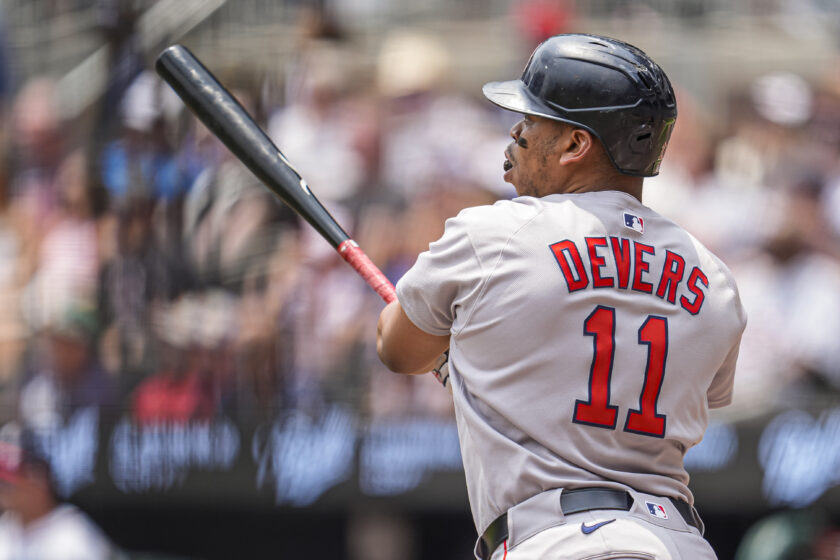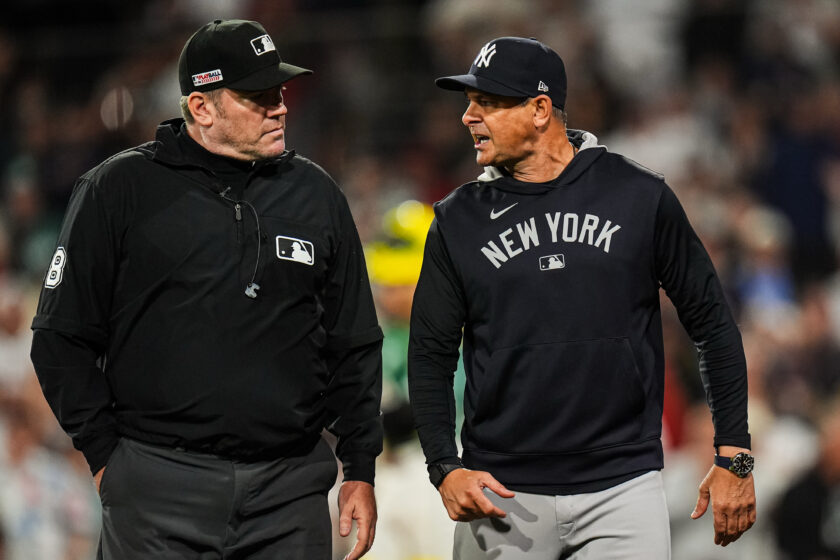Baseball Hall of Fame: Which New York Yankees have been snubbed?
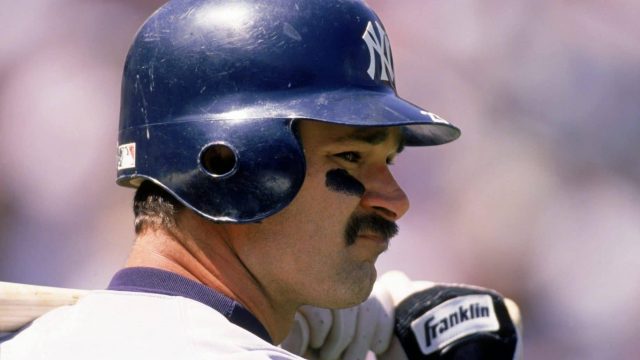
For all the times the New York Yankees have seen one of their own enter the Hall of Fame, more than a few have also been snubbed.
[sc name=”josh-benjamin-banner” ]The New York Yankees run the National Baseball Hall of Fame.
Come on, people. We all know it’s true. The Bronx Bombers have 44 players and 11 managers enshrined in Cooperstown’s hallowed halls. Surely, that comes with some perks, right?
Hal Steinbrenner probably shows up and is shown in through a secret back entrance, a la Goodfellas. After walking through the basement, surrounded by official archives and memorabilia, he is shown to his exclusive table among other baseball elites so he can watch Rob Manfred’s ventriloquist act.
Okay, fine. So the Yankees don’t have that much power, but even so. The team’s history speaks for itself and is represented as such in Cooperstown.
And yet, because the voters are fickle with constantly changing standards, it’s hard for some true Hall of Fame Yankee greats to be properly honored. This year, of course, is no exception.
Roger Clemens won a Cy Young and two World Series rings in pinstripes, yet using steroids in a time when practically everyone did somehow taints his 4,672 career strikeouts and 354 wins. Similarly, Andy Pettitte has the most all-time postseason wins for a pitcher, 256 wins, and his closest Bill James similarity scores are CC Sabathia and Mike Mussina. And he isn’t a Hall of Famer?
Thankfully, both men should eventually get their plaques, be it via the writers’ votes or the Veteran’s Committee.
These following New York Yankees legends, however, may still get the shaft, and that’s a problem.
Thurman Munson

Before Derek Jeter, there was Thurman Munson. The blue-collar Ohioan debuted in 1969 and was the starting catcher the following year, taking home AL Rookie of the Year. Later, Munson added an MVP trophy and two World Series rings as the heralded team captain.
Then, Munson tragically passed away in a plane crash at just 32 years old in August 1979. The New York Yankees, from their clubhouse to fans in the stands, were absolutely gutted.
So, is Munson a Hall of Famer? Well, that’s a good question. On numbers alone, the answer is probably no. He was a .292 hitter with three Gold Gloves, but had just 113 home runs and 701 RBI across 11 seasons. Those numbers don’t quite scream elite.
But stay with me and think of the prime of Munson’s career. Power-hitting catchers like Johnny Bench were the exception, not the rule. Furthermore, Munson was a seven-time All-Star and still playing at a high level before his tragic death.
Would Munson have eventually reached 1,000 RBI? Would he have suddenly hit a wall before going on a massive decline?
Even if 1979 was his last solid year, Munson was universally beloved in baseball. He didn’t just define what it meant to be a Yankee, but a baseball player as a whole. He worked hard, played the game right, and always put the team first.
If that’s not a Hall of Famer, then why have a Hall of Fame at all?
Don Mattingly

Walk into Yankee Tavern before or after any game, and there will be people discussing how Don Mattingly not being a Hall of Famer is a travesty. It certainly is, as he spent his entire 14-year career with the Yankees and hit .307.
On top of that, there was a time when Donnie Baseball was easily the best first baseman in the game. From 1984-1989, he hit .327 and made six All-Star teams, winning the AL batting title in 1984 and MVP a year later. Mattingly also averaged over 26 homers and 114 RBI per season during this stretch.
Sadly, chronic back pain robbed Mattingly of his power starting in 1990, and he never hit more than 17 homers in a season for the rest of his career. Yet, he was still a strong contact hitter and elite fielder, winning nine total Gold Gloves and notching over 1,000 career RBI.
Let’s be honest, folks. Don Mattingly’s career numbers would be more indicative of a Hall of Famer were it not for injuries. Meanwhile, Kirby Puckett was enshrined and played two years less, had fewer home runs and RBI, and also retired because of a career-ending condition.
Puckett may have two World Series rings to Mattingly’s zero, but even so. Mattingly fell off the ballot last year and now must rely on either the Veterans or Modern Era Committees to get his long-overdue respect.
Can someone say, “snub?”
Tino Martinez

Speaking of Mattingly, let’s talk about the man who succeeded him at first base. Martinez was acquired from the Seattle Mariners prior to the 1996 season and was instrumental in the New York Yankees dynasty that followed.
On top of the four World Series rings he won in the Bronx, Tino Martinez was just exactly what New York needed. His lefty swing was perfect for Yankee Stadium’s short porch in right field. 192 of his 339 career home runs were in pinstripes, as were more than half of his 1,271 RBI.
And yet, his great play was overshadowed by playing in a golden age of American League first basemen. Future Hall of Famers Frank Thomas and Jim Thome were his contemporaries, as were Steroid Era stars Mark McGwire and Rafael Palmeiro.
Tino Martinez, however, played the game cleaner than Adrian Monk’s apartment. He was an absolute linchpin of the New York Yankees in his prime.
But without fancy stats or honors, the Hall of Fame refuses to give him a fair shake.
Bernie Williams

Bernie Williams’ Hall of Fame case is an interesting one. He only played in five All-Star Games and never finished higher than seventh in MVP voting. He hit 30 home runs in a season just once. His five World Series rings and 1998 batting title were aided largely by playing in a stacked New York Yankees lineup.
But much like his teammate Andy Pettitte, Williams was a playoff stud. He posted a line of .275/.371/.480 in the postseason and his 22 home runs are second only to Manny Ramirez.
Now, consider that Williams posted a WRC+ north of 100 in all but four of his 16 seasons. His career wOBA is .373, just 11 points behind his Hall of Fame contemporary, Ken Griffey Jr.
It’s also worth putting Williams next to another Yankees Hall of Fame outfielder, Reggie Jackson. Jackson is the all-time leader in strikeouts by a batter and hit a modest .262 to go with 563 home runs. He also played five years longer, and his status as Mr. October was enough for voters to look past some clear flaws.
Given how Bernie Williams’ numbers were buried in the prime of the Steroid Era, he deserves a plaque in Cooperstown too.
David Cone

The case for Cone’s Hall of Fame candidacy is an interesting one. He pitched for 17 years and won five World Series rings to go with a Cy Young Award. Yet, he was never truly considered elite compared to other arms of his generation.
Cone wrapped his career with a 3.46 ERA and 2,668 strikeouts, yet just 194 wins. Though he did deal with some injuries, it’s also important to note he played on some bad teams in the prime of his career.
But it’s a new era, and we all know wins are meaningless. Plus, Cone pitched in an era where pitchers weren’t micromanaged more than a Dunder-Mifflin office party. He took the mound and didn’t pitch until the job was done, pitch count be damned. On the New York Yankees, he was the ultimate big game pitcher and took home four of his five World Series rings.
Oh, and did I mention the 2.12 World Series ERA?
If Jack Morris can be enshrined with a higher overall ERA and less strikeouts, so should Cone for his accomplishments.
The National Baseball Hall of Fame and Museum will announce its 2021 induction class at 6:00 PM EST on MLB Network. As we look forward to the possibility of a new class of Hall of Famers, ESNY is looking back at some notable Mets and Yankees whose cases for induction are worthy of another look.
Josh Benjamin has been a staff writer at ESNY since 2018. He has had opinions about everything, especially the Yankees and Knicks. He co-hosts the “Bleacher Creatures” podcast and is always looking for new pieces of sports history to uncover, usually with a Yankee Tavern chicken parm sub in hand.

